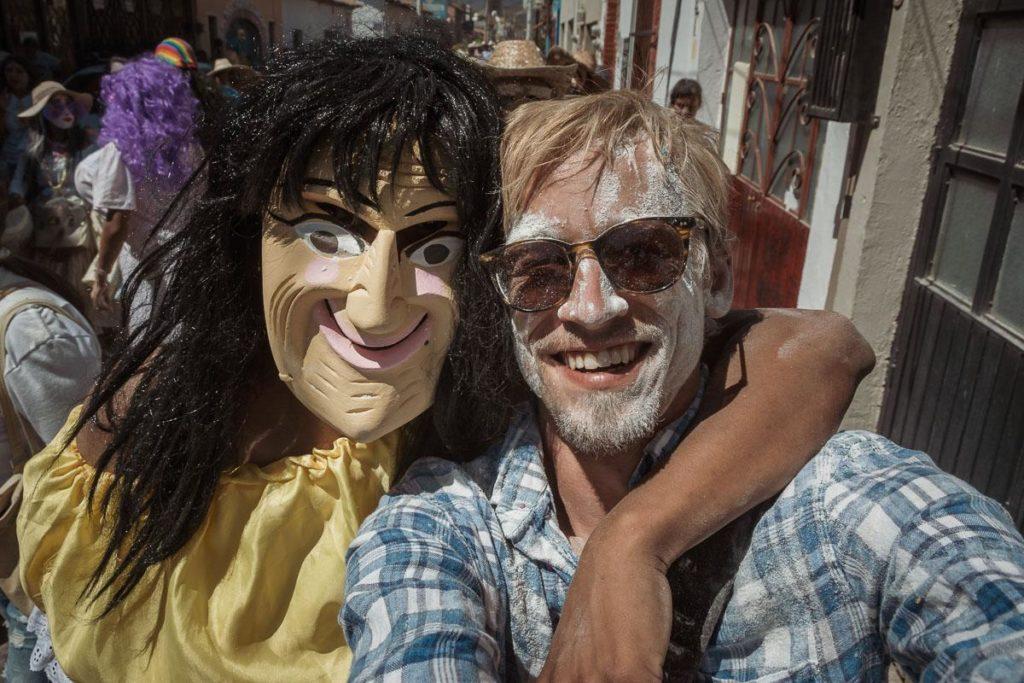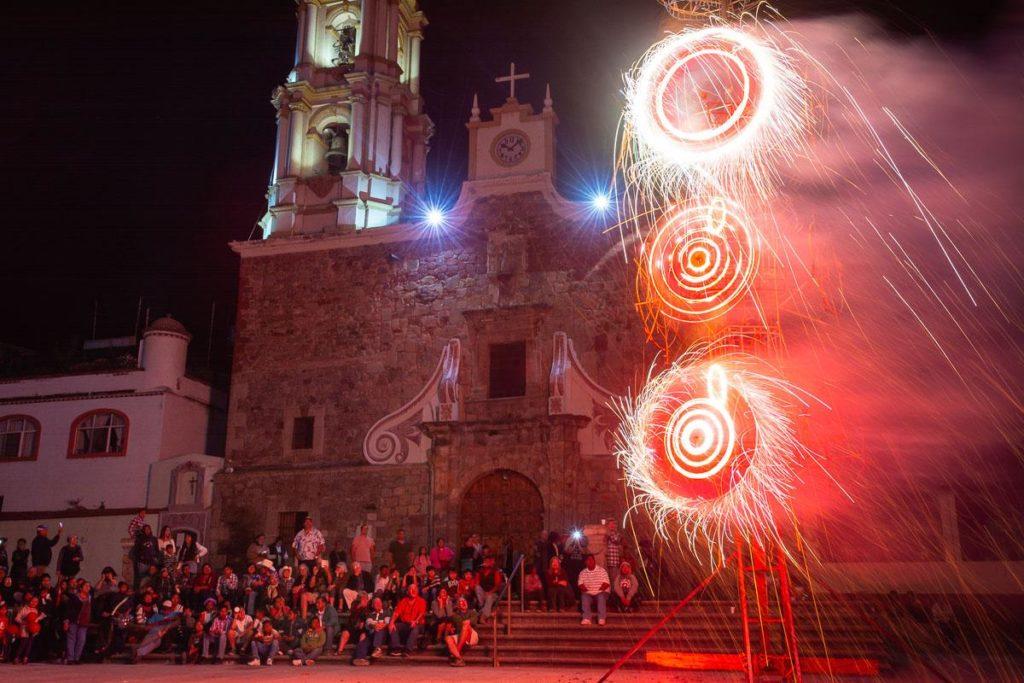About Dane Strom
In 2010, when I was 26, I did something crazy or, some might say, stupid. I quit my job and moved to a small mountain town in Central Mexico called Ajijic, on the north shore of the country’s largest lake.
For the last ten years, I’ve lived here, focusing my camera on the town’s many holidays, religious processions and the celebrations that make it the unique place that it is.

Mexico is the only subject that I photograph. And not just Mexico in general, nor Central Mexico, nor the state of Jalisco. But even more specifically, the town of Ajijic and its countless traditions, some of which I’ve had the privilege to document a whole decade now.
That’s why I wouldn’t call myself a travel photographer since the photos that I take are of Ajijic and a few of the nearby towns. Many of my photos are of my friends and neighbors, who allow me a fly-on-the-wall perspective of their events, culture and way of life.
Over the last ten years, I’ve been accepted into the town and am now an expected (and luckily, welcome) presence at the town’s many events: from the matriarchs and patriarchs of Ajijic’s major families to parents who know they’ll be getting a long-lasting photo of their child taking part in their town’s traditions.
And because everyone, of course, wants their photo uploaded to Facebook afterwards for the whole town to see (I’ve been “friended” by about 25% of the town).
Today, in 2020 – now more than ever – the world needs to understand each other better. While words, documentary videos and other creative works are sometimes unable to break through linguistic and cultural barriers, a single photo of an authentic moment still has the ability to connect two people and cultures together.
Although two people might come from different cultures with opposing sets of beliefs and values, both can look at the same photo and identify the same traits that they have in common with each other: the experience of being human, of being alive in a human body and conscious of a world of symbology and interpretation, survival and redemption, the sublime bordering on madness.
I hope that my photo essays and the photo series on this site will help you understand more about a side of Mexico that is rarely seen by people outside of the country.

Ajijic, Mexico
Ajijic is a town of 10,000 people on the north shore of Mexico’s largest lake, Lake Chapala. It has an almost century-long history intertwined with foreigners who originally found it a match for their artistic or adventurous personalities.
Today, the town finds itself at a bit of a crossroads, caught between maintaining its rich cultural history and keeping at bay the mostly unwanted modern “amenities” such as Walmart, Oxxo convenience stories and expensive housing developments. The area is also a popular weekend destinations for the tapatíos from nearby Guadalajara, which is Mexico’s second-largest city.
Most people who have never been to Mexico usually have the idea that there is just one kind of stereotypical Mexican. But Mexico (like the rest of the Americas) was originally inhabited by dozens of indigenous groups, each with its own customs and culture.
Many of these groups survive to this day with a unique set of beliefs and traditions that can now be called Mexican – or Zapotec or Huichol or Chichimeca or Triqui or… The Mexican constitution recognizes 62 indigenous groups and each one has its own language, dress and identity.
In the state of Oaxaca, there are 570 municipalities and it’s said that there are 570 ways to make the traditional dish mole.
Even individual towns, like Ajijic, have their own own traditions, holidays and style of doing things.
If you’re interested in learning more about Ajijic and Lake Chapala, check out my other website, The Lakeside Guide.
It will take you on a trip through many of Ajijic’s restaurants, shops, artists and other businesses. The Lakeside Guide is a website that I designed and developed to help give free publicity to over 100 small businesses and individuals in Ajijic.
Awards & Exhibitions
A few years ago, I spent some time submitting to contests and group exhibitions.
Contests
- LifeFramer – World Travelers contest winner judged by Steve McCurry.
- Latin American Fotografía – Winner.
- International Photographer of the Year – Second place winner, People: Travel.
- Cuartoscuro Latin American Identity – Finalist (2 entries).
- International Photography Awards – Honorable mention in two categories.
- New Eyes International Travel Photography Competition finalist.
- FeatureShoot – “Magic Hour” contest.
- AdoramaPix Your Best Shot – Top 10 finalist.
- Moscow International Foto Awards – Honorable mention (two entries).
- International Photo Awards: Family of Man – Honorable mention (two entries).
- Fraction Magazine – 8th-anniversary group show issue.
- LifeFramer – After Dark editors’ pick.
Exhibitions
- Museum of Latin American Art, Long Beach, CA. Exhibition for Cuartoscuro magazine’s Latin American Identity contest.
- Archive Museum of Photography, Mexico City, Mexico. Exhibition for Cuartoscuro magazine’s Latin American Identity contest.
- Center for Fine Art Photography, Colorado, USA. Center Forward, juried by Aline Smithson (founder/editor Lenscratch) and Hamidah Glasgow (Center executive director).
- Darkroom Gallery, Vermont, USA. Culture, juried by Peter Turnley (2 photos).
- Blank Wall Gallery, Greece. Portraits, juried by Maria Toutoudaki.
- Darkroom Gallery, Vermont, USA. Chroma, juried by Susan Spiritus.
- Blank Wall Gallery, Greece. Monochrome, juried by Maria Toutoudaki.
- Darkroom Gallery, Vermont, USA. In the Moment, juried by Olaf Willoughby (2 photos).
- Darkroom Gallery, Vermont, USA. Manus et Pedibus, juried by Tim Booth.
Image Licensing
Contact me if you’re interested in licensing my images for your commercial project. The cost will depend on how the image will be used. You can also send me a message using this form if you’re interested in publishing or exhibiting my photos.


